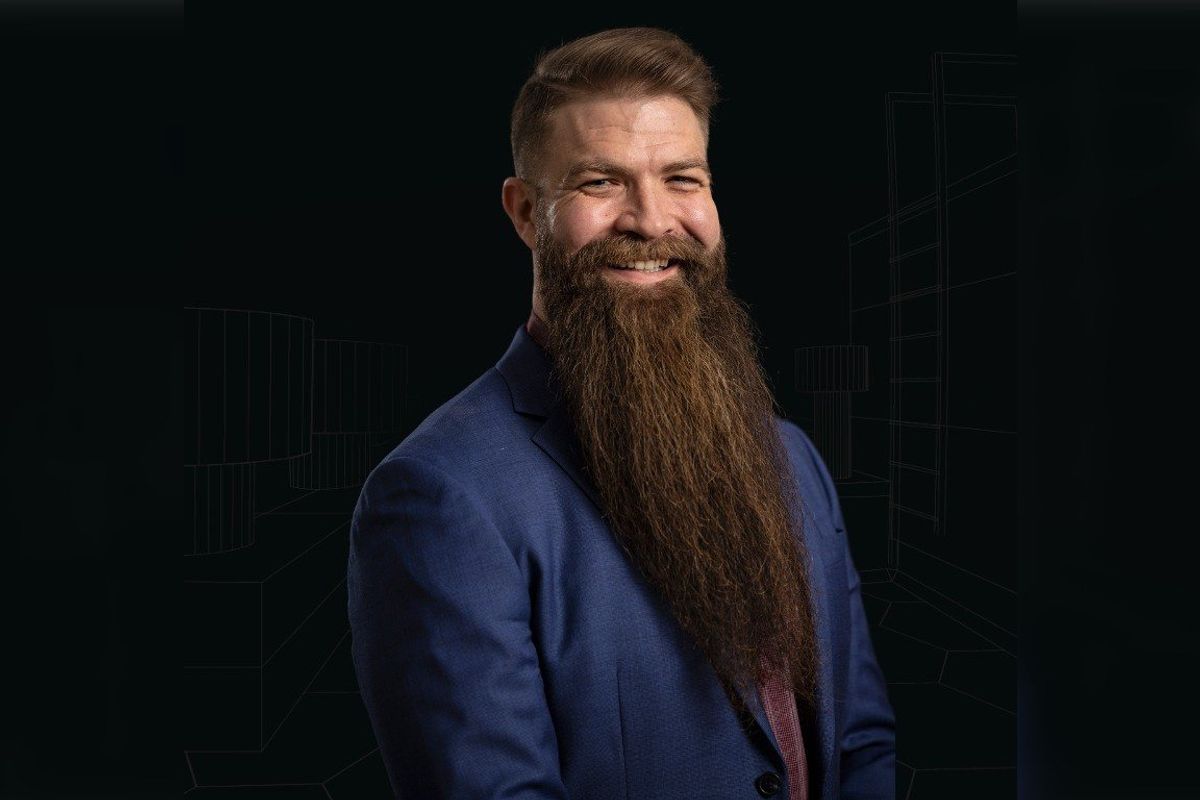New peer-to-peer grocery app launches in Katy with plans to expand
local goods
If computer scientist and mobile applications developer Arfhan Ahmad has his way, his burgeoning Houston-based startup, QuickPantri, will be directly responsible for adding to the definition of what it truly means to be neighborly.
“Fast delivery from next door” — that’s the tagline for Ahmad’s hyperlocal grocery platform, which focuses on solving last-mile access, neighborhood commerce and food affordability.
“I’m passionate about combining technology with real-world problems, especially those that impact working families and underserved communities,” Ahmad says. “I moved to Houston two years ago, and here I realized that grocery stores are far from the neighborhoods.”
Ahmad envisions QuickPantri will help people who need grocery items urgently, sparing them a trip to the store or costly delivery fees by letting them source items directly from their neighbors’ cupboards.
With his new peer-to-peer app, members — especially those tethered to their residence due to disability or immobility or those unable to make grocery runs with children in tow — can simply log on to QuickPantri and purchase grocery items from their own neighbors.
“My initial thought was, 'What if we have an app that allows people to open a grocery store at their own home and sell any essential items to other neighbors?'” Ahmad says. “So, after having this idea in my mind, I asked my neighbors, 'If I sell groceries from my home, would you buy them from me?' And most of them gave me positive responses. After doing some surveys online on the Nextdoor app and Facebook, I started building this app.”
And like a good neighbor, Ahmad launched QuickPantri in his own neighborhood in Katy.
He then looked at scaling, first by securing approvals from Harris County to sell pre-packaged grocery items from his home. The response exceeded his own expectations. In the last two months, Ahmad estimates that he has delivered to 250 homes in the Katy area. Ahmad has seen that most customers use the app in search of late-night snacks and drinks.
“Ninety-five percent of those orders were delivered in 15 to 30 minutes … Our plan is to expand in other high-risk communities and other cities,” Ahmad says.
To date, Ahmad has obtained approvals from Arizona, Utah and Nevada.
He’s in the process of launching version two. Starting September 1, other sellers will be able to join the app and apply to sell goods to their neighbors. Ahmad says he currently has 50 sellers on the waitlist.
Each seller is allotted a potential selling radius of 10 minutes to ensure swift delivery. Also, sellers are required to deliver the goods via bicycle or on foot, making QuickPantri a pollution-free delivery option.
Currently, the app only sells pre-packaged items and sellers are required to show the expiration date in photos. The app utilizes AI to check pricing for goods in the area, and Ahmad says the app typically lists prices lower than what AI predicts.
Outside of geographic reach and number of buyers and sellers, Ahmad also hopes to expand the list of items that can be sold on the app to include clothes, electronics and cleaning supplies.
“We want our seller to be the ultimate source,” Ahmad says.

 Mike Francis is the CEO and co-founder of NanoTech Materials. Photo via LinkedIn
Mike Francis is the CEO and co-founder of NanoTech Materials. Photo via LinkedIn